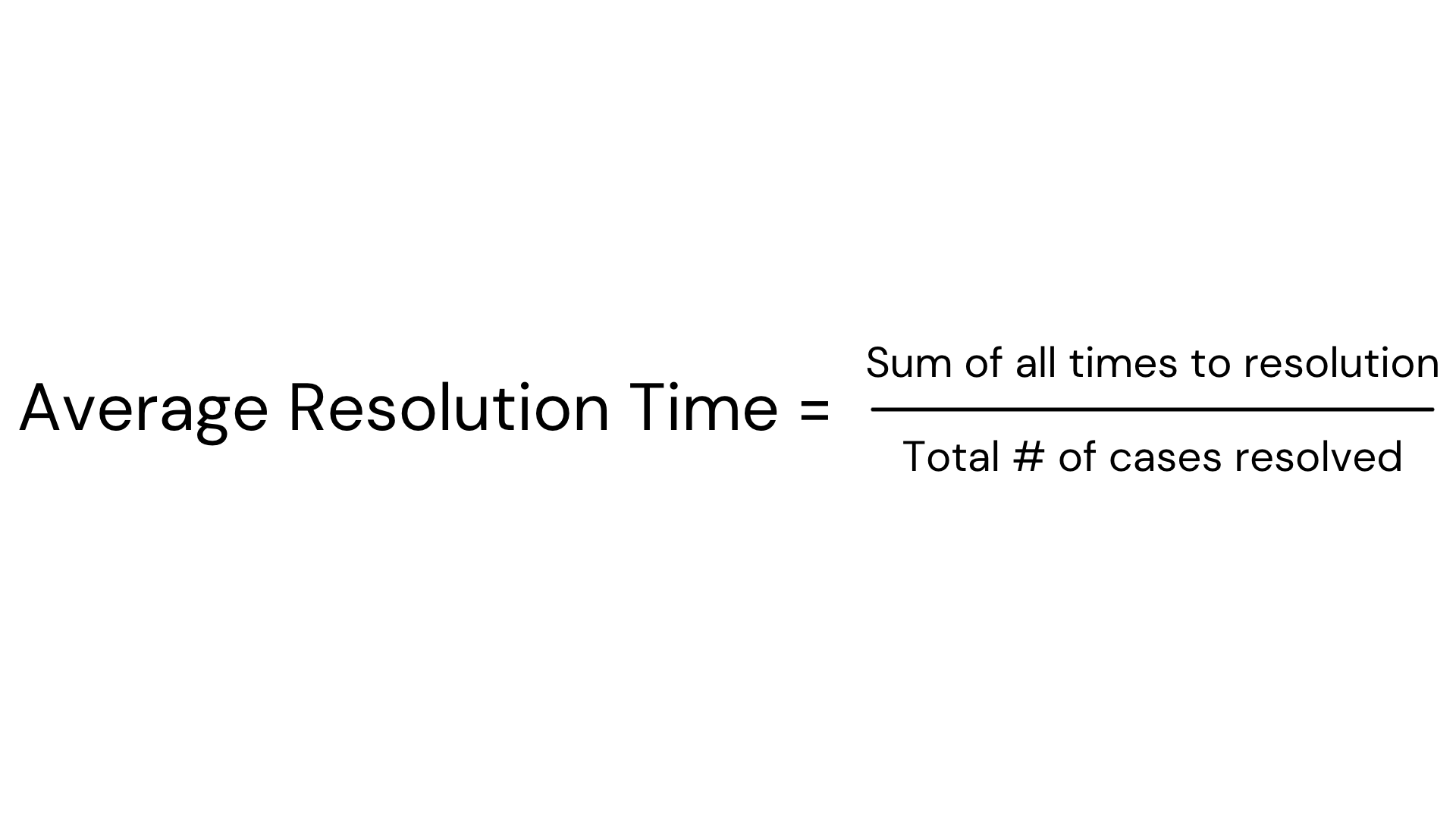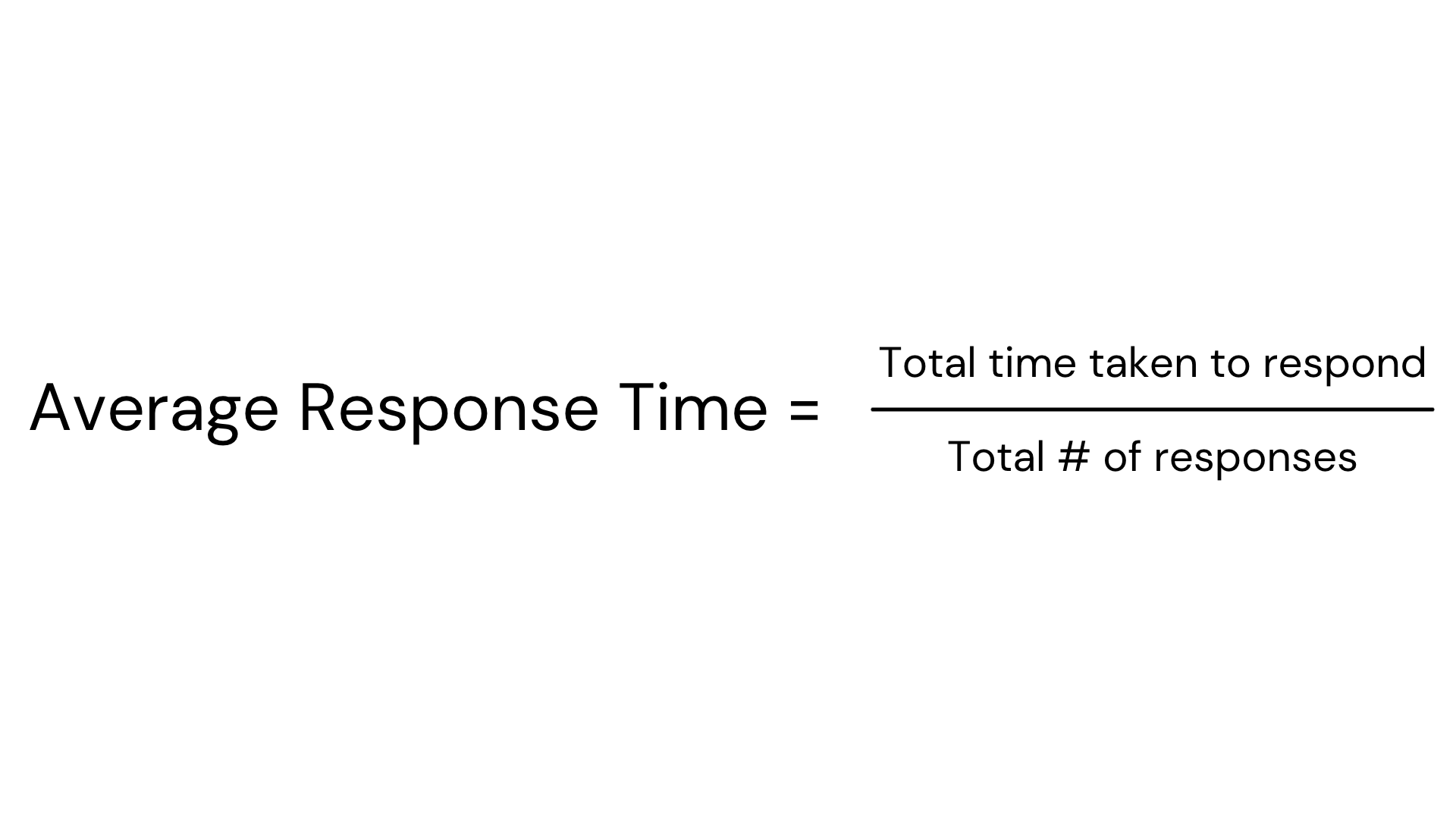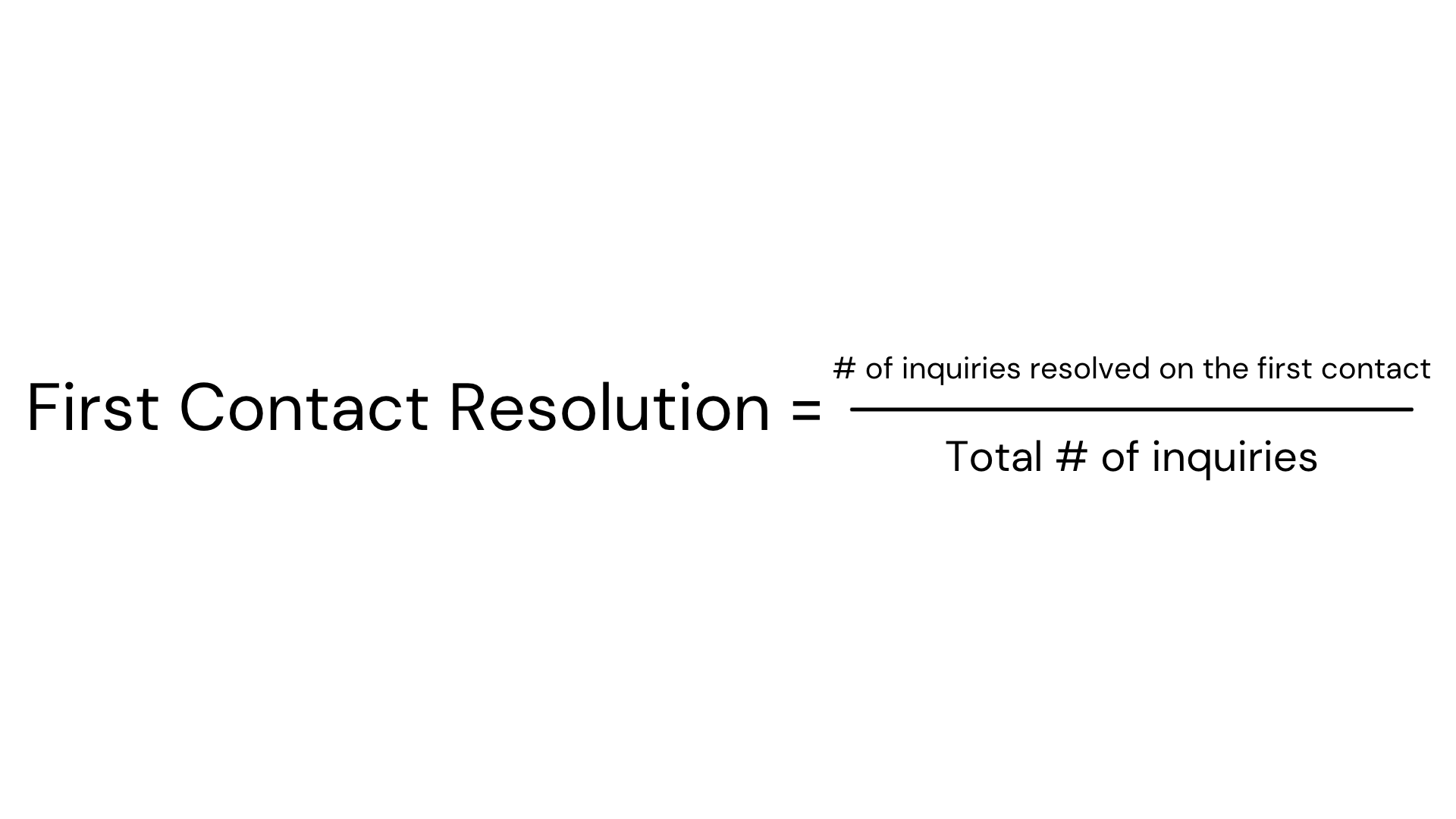The saying “The customer is always right” remains true; Keeping customers happy is a crucial part of any business. One of the best ways to stay in tune with your customers is by nurturing the customer experience.
Understanding customer experience can be a transformative tool that will help you cater to your customer’s needs. Customer experience metrics and surveys allow you to make your customers happier and ultimately improve your business.
But how can you do so? In this article, we will be breaking down customer experience and how to measure it using these best practices.
What is Customer Experience?
Customer experience considers customers’ holistic impression of your business – from advertising messaging to customer service to product satisfaction and more. It examines all your business’ elements that impact your audiences’ perception.
Every time a customer is exposed to an element of your business, it affects their idea of your business. These collective exposures make up the customer experience.
Further, understanding the customer experience reveals each impressionable aspect of your business. Bringing light to these aspects allows you to see which components of your business positively affect the customer experience, and which areas can be improved. From there, you can enhance your business and create a better journey for your customers.
How does Customer Experience Affect Your Business?
Emphasizing exceptional customer experience can be very valuable and can help your business grow. According to Forbes, 73% of companies with above-average customer experience perform better financially than their competitors. Let’s take a look at some other benefits of focusing on customer experience:
- Increase brand loyalty
- Create a competitive advantage
- Make the right investments
- Boost brand value
- Grow revenue and sales
Focusing on customer experience is essential for any business to flourish, but how do we measure customer experience and use the results? We’re glad you asked.
How to Measure Customer Experience
Measuring customer experience will help you pinpoint how your customers perceive your business throughout their journey. Although there is not a singular, comprehensive customer experience metric, we can look at a few different measurements to give us a good grasp.
First, take some time to think about what your priorities are and create specific objectives you want to achieve with your customer experience research. To get the best outcome and gain actionable results, use measurements related to your goals.
Customer experience metrics can be categorized into 2 groups: Retention and efficiency.
Retention-related metrics focus on understanding customer loyalty and value. Using these metrics will help you better understand how happy your customers are, how much they value your business, and how strong their relationship is with your company. Efficiency-related metrics help you optimize your business practices to make customers happier and lower operational costs.
Retention-related Customer Experience Metrics
First, let’s look at some retention-related metrics:
Net Promoter Score (NPS)
This frequently used customer experience metric gives you a score that reflects the number of customers that are likely to promote your business and continue purchasing from you. NPS will give you a good gauge of your customers’ overall perception of your business. Here’s how you can find your NPS.
Using a scale of 0-10, 0 being not at all likely and 10 being extremely likely, ask a group of your customers:
“How likely is it that you would recommend [your company] to a friend or colleague?”
Then, place the responses in 3 groups:
- Promotors (score 9-10): Loyal customers who will advocate for your business and continue purchasing from you.
- Passives (score 7-8): Customers who are satisfied with your business but may not go out of their way to promote it.
- Detractors (score 0-6): Unhappy customers who may criticize your business to others and negatively impact your brand.
Simply subtract the percentage of Detractors from the percentage of Promotors, and that’s your NPS! If your score is above 0, your business has a good NPS as there are more Promotors than Detractors.

Customer Satisfaction (CSAT)
Customer satisfaction measures the average satisfaction score rating based on a customer’s interaction with your business. This metric is useful for determining how customers feel about specific product or service experience, such as a customer service call or a product delivery. You can measure this by asking:
“How would you rate your experience with the [product/service]?”
- Excellent
- Good
- Average
- Poor
- Very Bad
After collecting some responses, find the average of the data and tailor your business practices accordingly.
Customer Effort Score (CES)
CES is another customer experience metric that shows how easy or hard it is for customers to interact with your business. Similar to CSAT, this measurement evaluates a specific customer experience. Instead of asking customers about their satisfaction, ask:
“How easy was your experience with [your company] today?”
- Very easy
- Somewhat easy
- Neither easy nor difficult
- Somewhat difficult
- Very difficult
Again, average this data and discover whether your business practices are convenient for customers to navigate or not.
Customer Churn Rate
If you want to understand how loyal your customers are, use the customer churn rate. This measures how many customers you have lost in a given period of time. The lower your customer churn rate is, the better. Typically, if your customer churn rate is above 10%, you will need to work on retaining customers. Here’s the equation:

Customer Lifetime Value (CLV)
This customer experience metric calculates how much value a customer adds to your business during the entire period of the relationship. CLV allows you to see the concrete impact customers have on your business and increase the value of existing customers. These steps can give you a good idea of your CLV:
- Calculate the average purchase value (value of all purchases divided by the number of purchases)
- Calculate the average purchase frequency (number of purchases divided by number of customers)
- Find your customer value by multiplying the average purchase value and average purchase frequency
- Discover the average customer lifespan (average amount of time a customer continues purchasing from you)
- Multiply the customer value by the average customer lifespan
You can use these calculations across different customer segments to identify your most valuable customers, or even compare the CLV over different time periods. This will help you strategize future customer experiences and build on existing ones.
Efficiency-related Customer Experience Metrics
Here are some efficiency-related customer experience metrics:
Average Resolution Time
Average Resolution Time, sometimes referred to as ‘Time to Resolution’, shows how fast a customer’s issue is resolved by your business. It reflects how efficiently your team works to resolve issues such as customer complaints, and how well your resolution processes are working. Choose a time period (we suggest one year) and calculate this equation:

Average Response Time
This metric shows you how long it takes for a customer’s inquiry to be attended. Average Response Time will give insight into the customer experience and how well your business can attend to customers’ needs. Again, choose a time period to evaluate and put your data into this equation:

First Contact Resolution (FCR)
First Contact Resolution reveals how many customers got their inquiry resolved on the first attempt. This metric will help you understand how attentive your business is to help customers resolve their issues the first time they reach out for help.
Using the formula below, you can adjust your input to specific variables (I.e., customer service calls or a particular department) in order to evaluate different components of your business.

Building a Customer Experience Survey
Depending on your specific customer experience goals, you can use some of the customer experience metrics listed above or create a comprehensive customer experience survey. A customer experience survey will help you understand your overall customer experience standards and give you the opportunity to get additional customer feedback. Check out our best practices for writing a customer feedback survey here.
Your customer experience survey can include NPS, CSAT, and CES, plus any other multiple choice and open-ended questions you’d like to ask your customers. While all of these metrics can seem overwhelming, we’ve got your back. We are here to help with your needs.
GroupSolver® uses AI technology to quickly analyze and sort open-ended questions, so you don’t have to worry about manually coding your customers’ responses. We’ll give you the customer experience survey tools you need to make the most out of your research.
Want to get in on the insights? Request a demo to see our AI survey platform in action.



